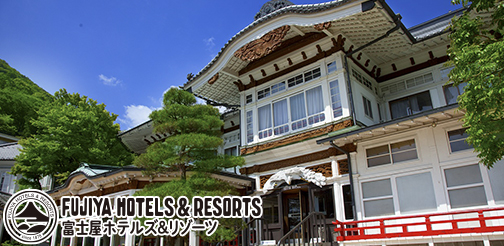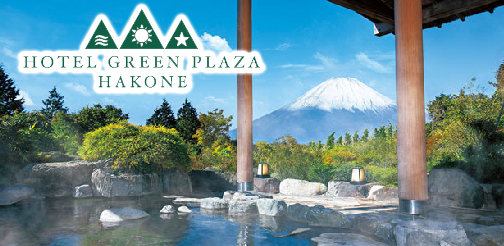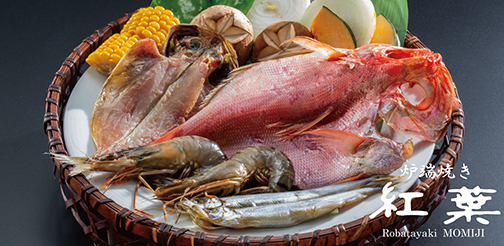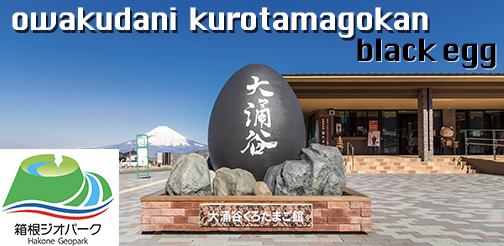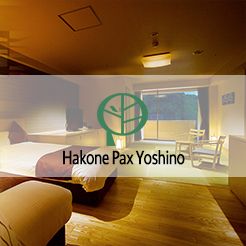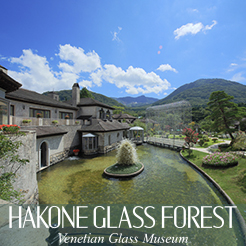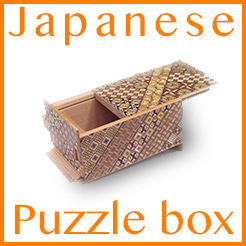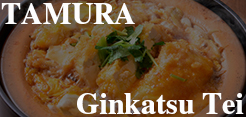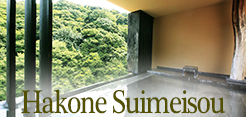The six-day Summer Festival Week is the most exciting time of the year in Hakone, with a series of celebrations, all intimately connected to the local history. The week kicks off on July 31, when the Kosui Festival is held at Hakone Shrine. According to legend, when the priest Mangan founded this shrine in 757 CE, he subdued a fearsome dragon that had been terrorizing local residents. The dragon turned into Kuzuryu, a nine-headed deity now revered as the protector of Lake Ashi and the surrounding area. In return, Mangan promised to honor Kuzuryu with annual prayers and rites, and so the Kosui Festival was born. The festivities center on an offering of sacred rice to the deity. Boiled with red beans, this rice is prepared at Hakone Shrine, after which the shrine priests board three boats. One of these vessels carries the offering, which is taken to a secret location on the lake and lowered into the water. If the vessel sinks without incident, all is well. If it does not, misfortune is thought sure to ensue. Regardless of the result, the festival ends with a fireworks display, a regular event held every evening during Summer Festival Week.
August 1 is the date of Hakone Shrine’s Reisai (annual festival), which takes place from the morning and includes, in addition to shrine rituals, performances of kendo swordsmanship and lion dancing. On the following day, the Goshinko Festival features a procession from Hakone Shrine to Moto-Hakone and back. Participants in traditional clothing walk along roads on the shores of Lake Ashi, pushing carts that carry mikoshi (portable shrines). These miniature shrines are then loaded onto boats that travel around the lake, giving the deities a tour of the area. In the evening, a more casual Summer Night Festival, complete with street food and fireworks, is held next to the Hakone-en Aquarium. On August 3, Hakone celebrates Komagata Shrine, a smaller shrine located on the southern shore of Lake Ashi. It honors the deities of the mountains, which were the main objects of worship in this region before the establishment of Hakone Shrine in its present form. For visitors, the highlights of this festival are two parades, at Komagata and Hakone shrines, in which local children carry small mikoshi, moving along to a rhymical chant.
The last two events of the festival week also honor Kuzuryu, the guardian of Hakone. The Ryujin (“dragon god”) Festival on August 4 begins with rituals conducted at Kuzuryu Shrine in the morning, but there is more to see later in the day. Priests light a sacred fire at Kojiri, on the northeastern shore of Lake Ashi, followed by another fireworks spectacle. Fire is also the theme on August 5, when a makeshift torii gate is set ablaze out on the lake as the highlight of the Torii-Yaki Festival. Another celebration with centuries of history, this festival has its origins in prayers for protection against diseases caused by contaminated lake water. Local people believed that such diseases signified the dragon god’s dissatisfaction, which could be relieved by lighting a fire shaped like a torii.
This English-language text was created by the Japan Tourism Agency.



